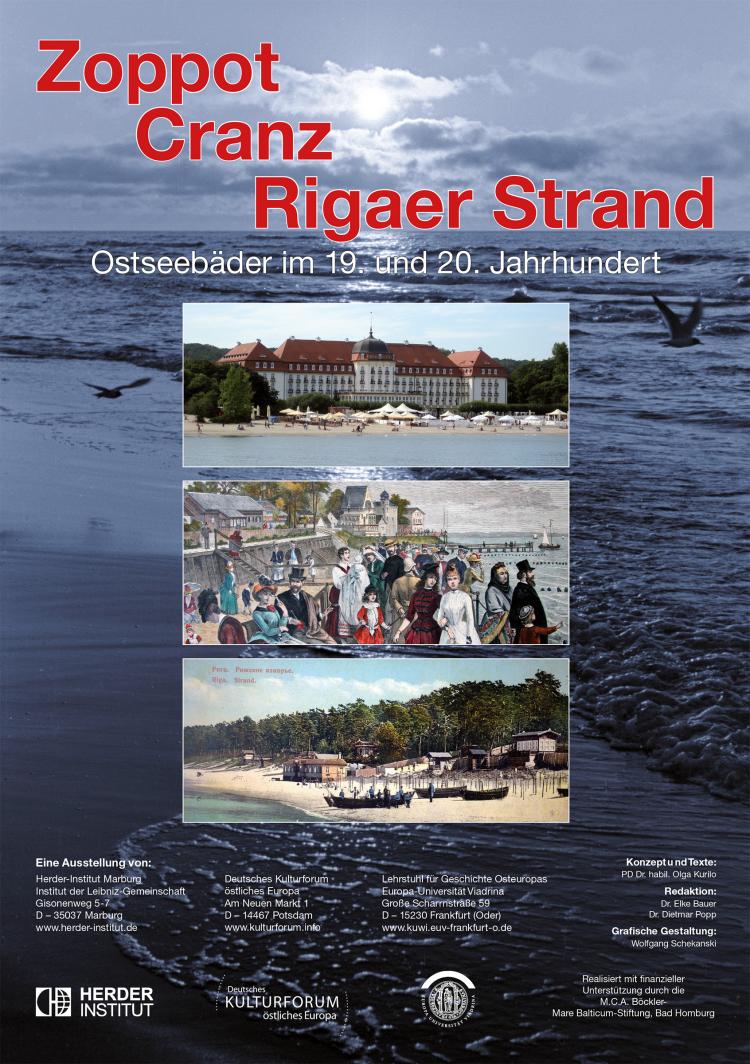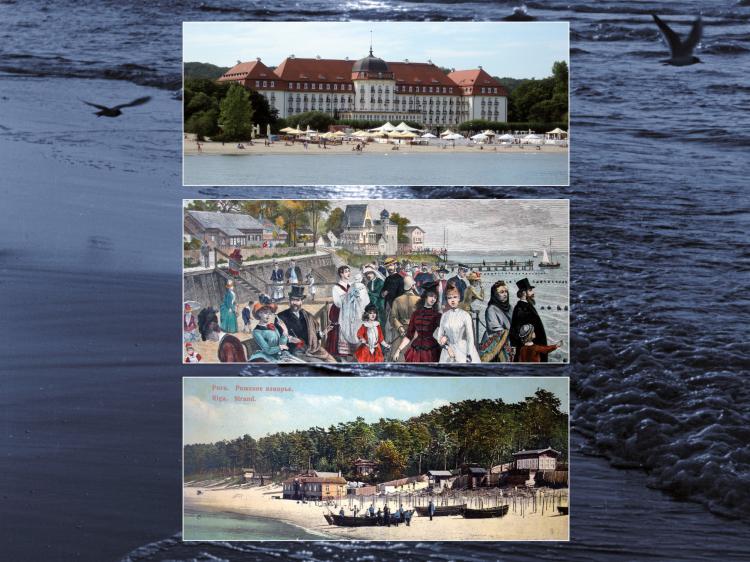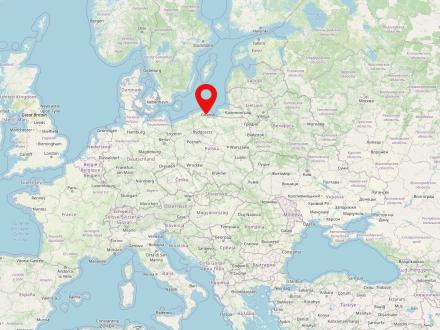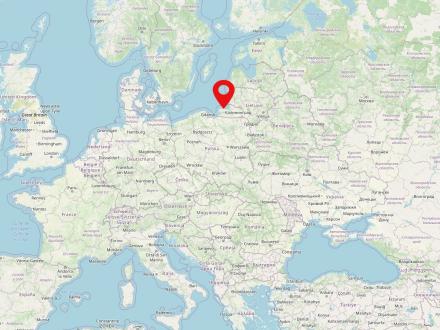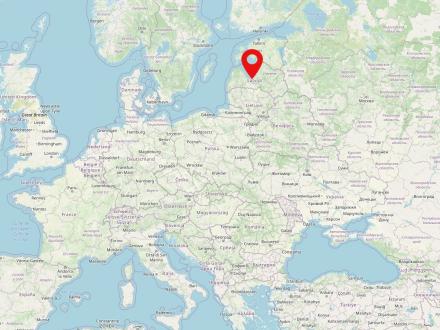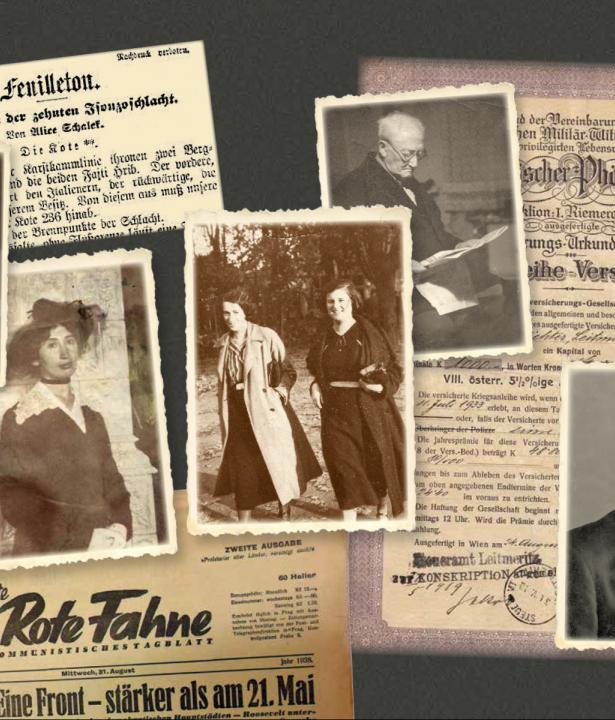Sopot is a city in the north of Poland and is inhabited by 35,000 people. The city is located in the Pomeranian Voivodeship (Polish: Pomorskie) north of Gdańsk (German: Danzig), directly on the Baltic Sea. Sopot is a well-known spa town in Poland and is part of the Trójmiasto (literally 'Tri-City') agglomeration of the cities of Gdańsk, Gdynia and Sopot.
Zelenogradsk is a seaside resort in the Russian Kaliningrad Oblast. The former German name is Cranz, also Cranzkuhren. The town is nowadays inhabited by 13,000 people and is located north of Kaliningrad.
Jūrmala is a resort town on the Baltic Sea in Latvia. The city is inhabited by 57,000 people and is located only 10 km from Riga, the capital of Latvia.
